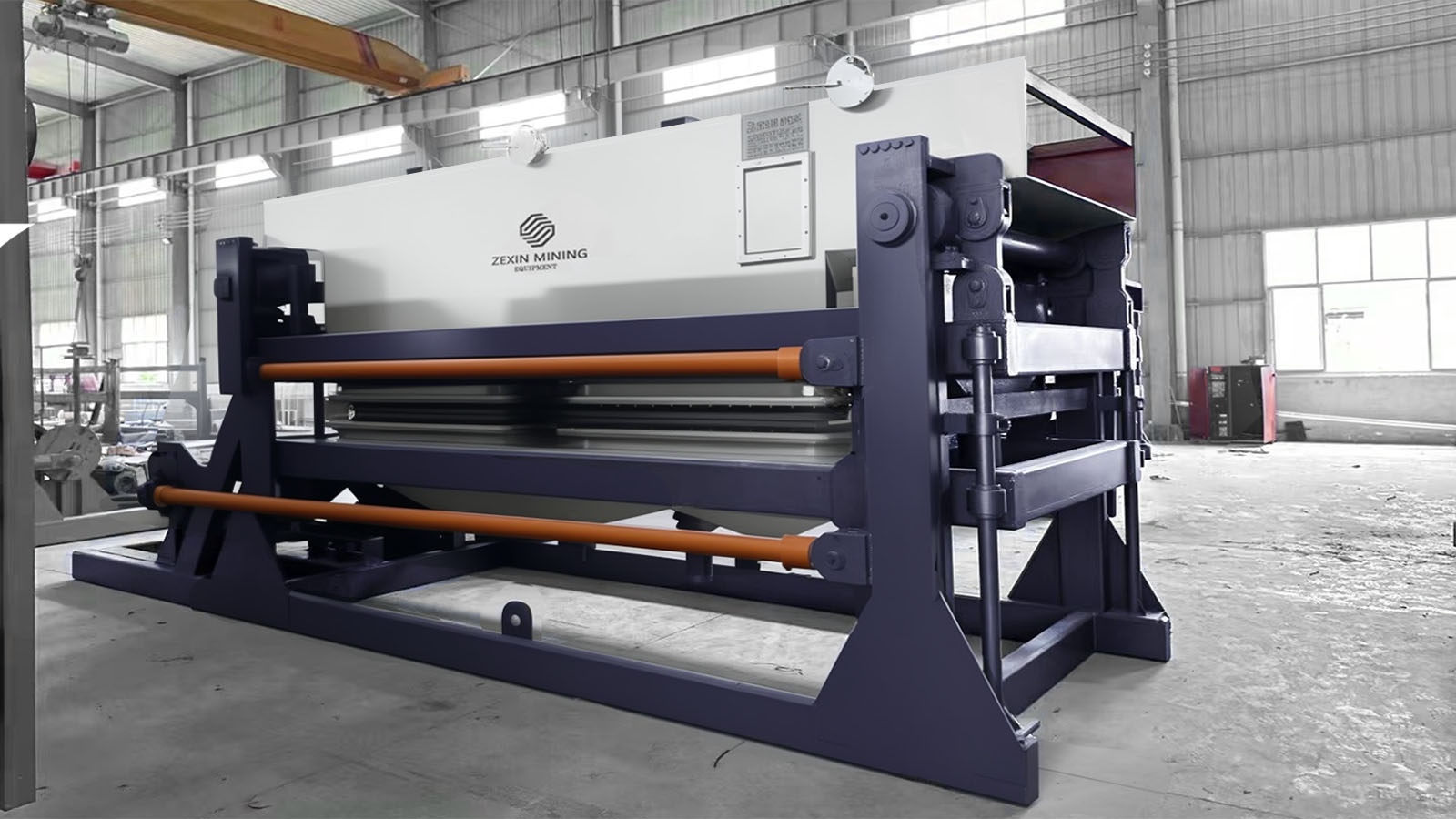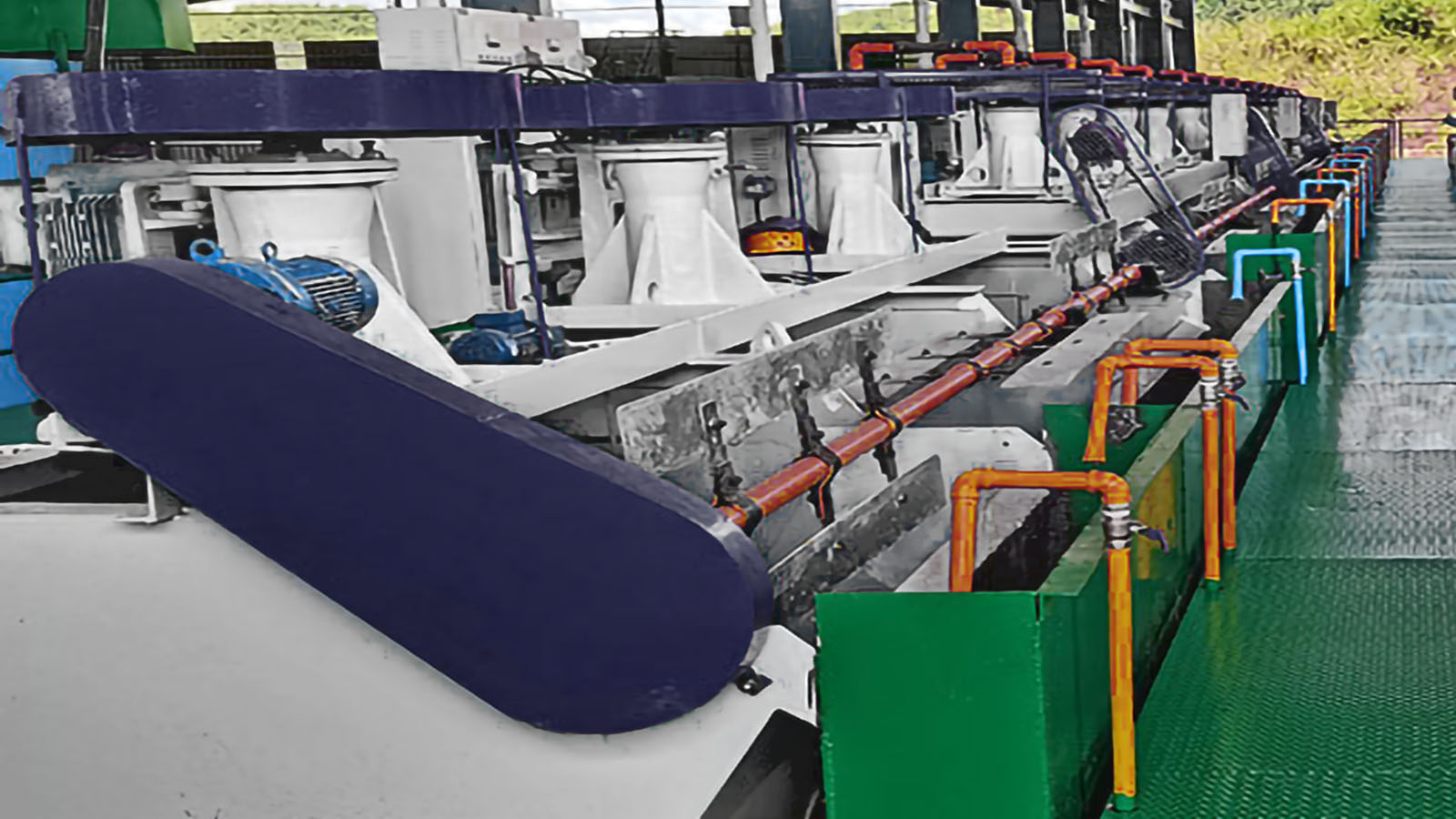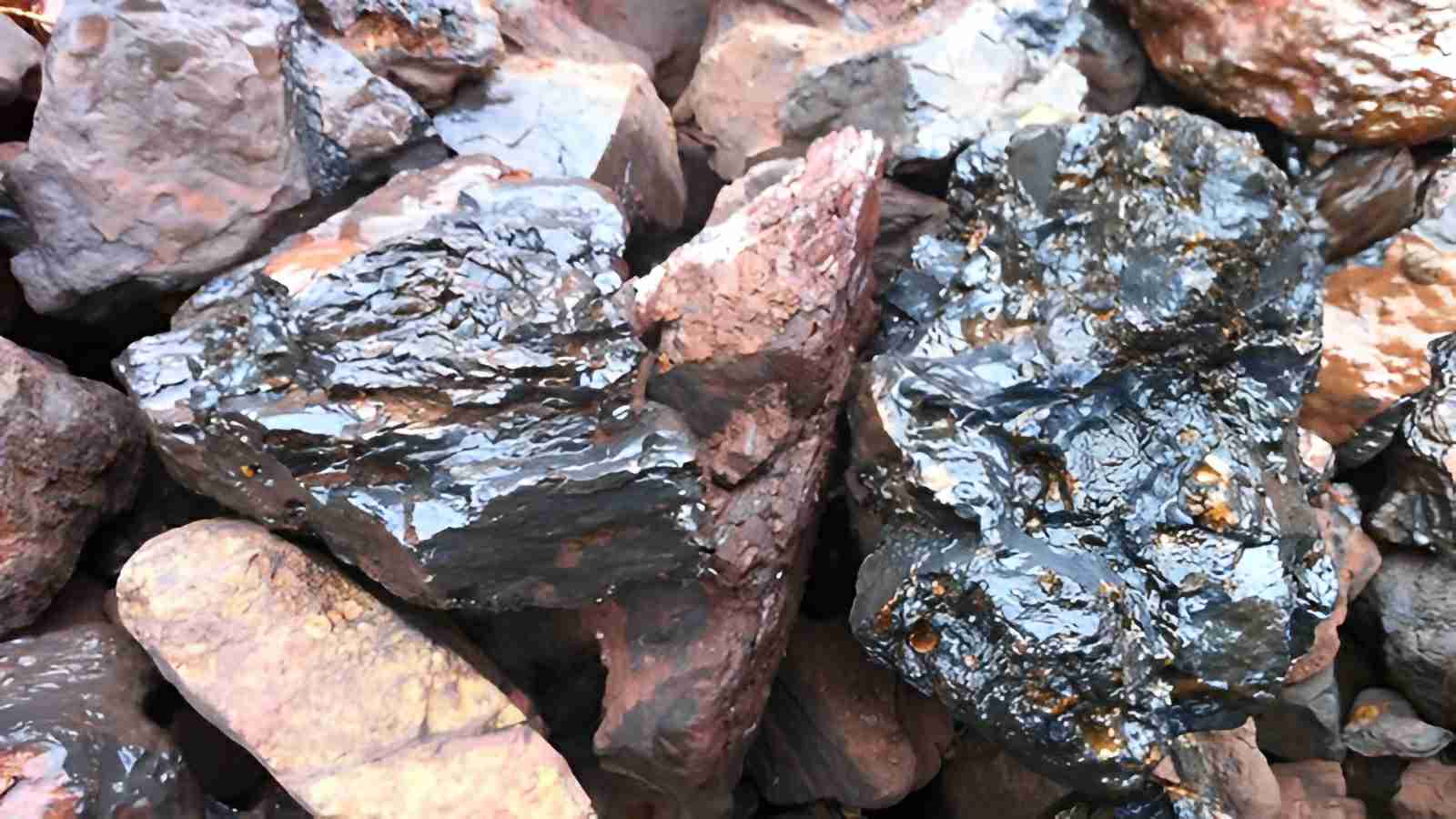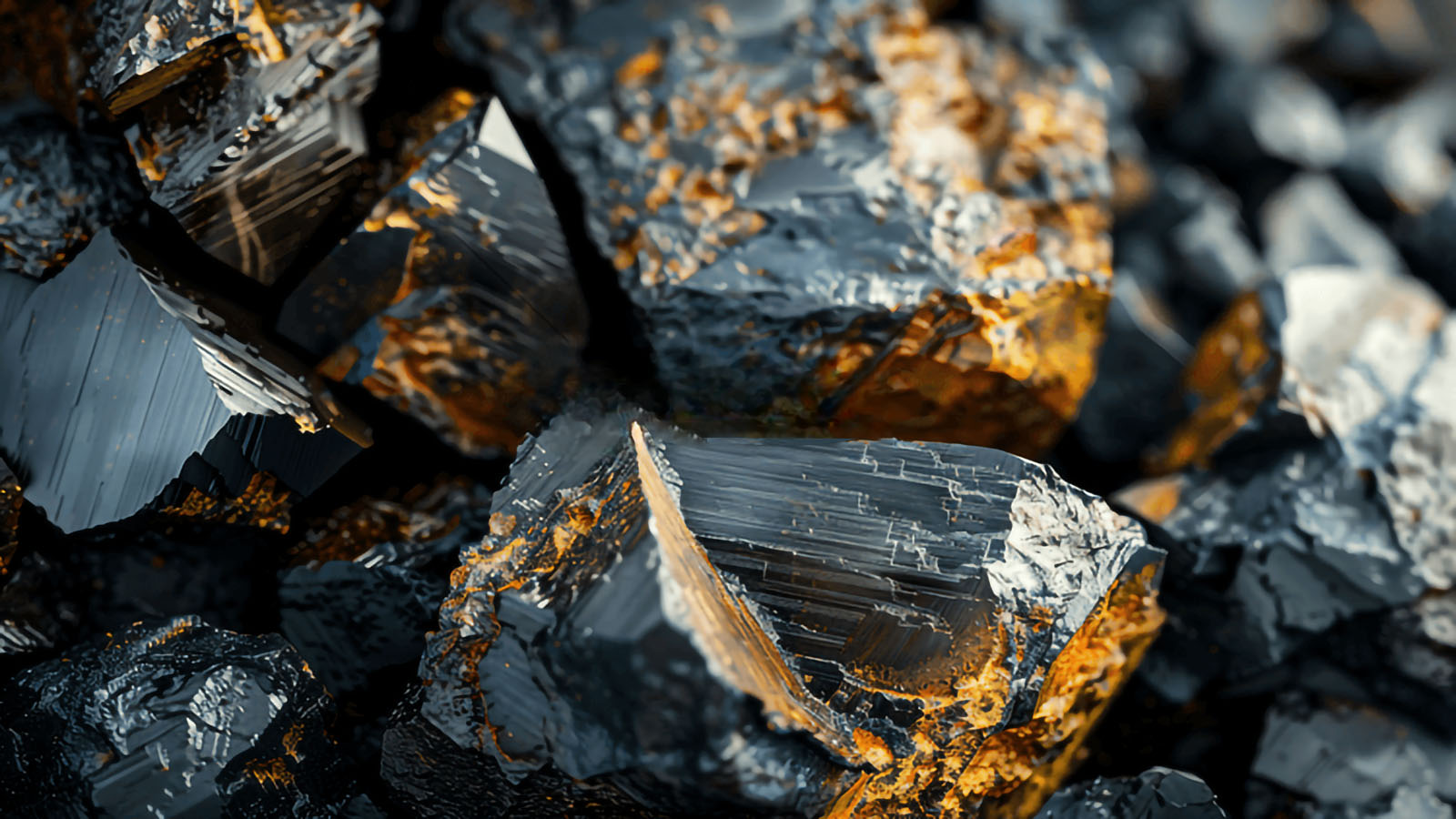
In the field of gold ore processing, carbonaceous gold ores remain one of the most challenging materials to treat effectively. The presence of carbonaceous matter not only interferes with traditional cyanidation processes but also significantly impacts the efficiency of gravity separation methods. Carbonaceous materials form complex associations with gold particles through physical encapsulation and surface adsorption, reducing separation effectiveness. According to industry data, when carbonaceous content exceeds 2% in gold ore, gravity recovery rates can decrease by 20-30%. To address this industry challenge, various innovative methods to mitigate carbon interference have demonstrated remarkable success in practice.
Understanding Carbon Interference Mechanisms
To effectively reduce carbonaceous matter interference, a thorough understanding of its impact mechanisms is essential. Research has identified several key pathways through which carbonaceous materials affect gold gravity separation:
1. Physical Encapsulation Effect
Carbonaceous materials often encapsulate gold particles as thin layers or inclusion bodies, altering the apparent density and surface properties of gold particles. This changes their settling behavior in gravitational fields, preventing them from following expected trajectories and concentrating in gravity separation equipment. Laboratory analyses show that gold particles encapsulated by carbonaceous matter can have their density reduced from 19.3g/cm³ to 8-12g/cm³, significantly affecting separation efficiency.
2. Surface Adsorption Phenomenon
Certain active carbonaceous materials possess strong adsorption capabilities that enable them to adsorb free fine gold particles, forming carbon-gold complexes with altered specific gravity and settling characteristics. Oxygen-containing functional groups on carbonaceous surfaces have affinity for gold surfaces, readily forming complexes in mineral pulps.
3. Pulp Viscosity Effects
High concentrations of carbonaceous matter, especially clay-containing carbonaceous materials, increase pulp viscosity, hindering normal particle stratification in gravitational fields and disrupting gold particle settling and concentration processes. In some cases, a 10% increase in pulp viscosity can lead to a 5-8% decrease in gravity recovery rates.
Pretreatment Technologies to Mitigate Carbon Interference
1. Thermal Pretreatment Technologies
Roasting pretreatment is an effective method for eliminating carbon interference. By treating ore at temperatures between 650-750°C, carbonaceous materials undergo oxidative decomposition, releasing encapsulated gold particles. Zexin Mining implemented this technique for a high-carbon gold ore, reducing carbon content from 4.2% to 0.8% while increasing gravity recovery from 42% to 68%. To address the energy consumption and environmental concerns of traditional roasting, new fluidized bed roasting technologies have been developed, reducing energy consumption by 30% and more effectively controlling harmful gas emissions.
2. Chemical Pretreatment Methods
Chemical oxidation pretreatment selectively oxidizes carbonaceous material surfaces, effectively reducing their activity. Research indicates that oxidizing agents such as sodium hypochlorite and potassium permanganate significantly decrease the adsorption capacity of carbonaceous materials. Zexin Mining's laboratory studies confirm that treating carbonaceous gold ore with a 3% hydrogen peroxide solution can reduce carbon adsorption activity by over 60%, improving gravity recovery by 15-20%. Modified bio-oxidation methods also show promising prospects with significant environmental advantages.
Optimizing Gravity Separation Processes to Reduce Interference
1. Staged Grinding and Separation
Considering the dissemination characteristics of gold and carbonaceous materials, a staged processing strategy effectively reduces carbon interference. This approach begins with coarse grinding (approximately 70-75% passing -0.074mm) and rougher separation to recover easily liberated gold particles, followed by fine grinding and cleaner separation of the rougher concentrate, avoiding excessive grinding that would cause carbonaceous materials to migrate into fine size fractions. Zexin Mining applied this process to a carbonaceous gold ore, increasing gold concentrate grade by 14.8% while reducing energy consumption.
2. Multi-process Combination Approaches
Combining gravity separation with other beneficiation methods effectively overcomes the limitations of single processes. Typical combinations include:
Gravity-Flotation Combined Process: First employing jigging or centrifugal gravity separation to recover coarse and some medium-fine gold particles, then subjecting gravity tailings to flotation to recover fine gold and separate carbonaceous materials. One carbonaceous gold ore processed using this approach achieved a total recovery of 83.6%, 22% higher than using gravity separation alone.
Gravity-Magnetic-Leaching Combined Process: For carbonaceous gold ores containing magnetic minerals, introducing magnetic separation effectively removes co-existing minerals like magnetite, simplifying subsequent gravity separation targets, improving gold recovery, and reducing energy consumption.
Precision Equipment Parameter Control to Mitigate Interference
1. Shaking Table Parameter Optimization
When processing carbonaceous gold ores with shaking tables, parameter adjustments are crucial for separation effectiveness. Practical experience demonstrates:
Deck Slope: For carbonaceous gold ores, reducing the deck slope from the traditional 6-7° to 4-5° extends pulp residence time on the deck surface, allowing gold particles lightly encapsulated by carbonaceous matter more opportunity to settle and concentrate.
Stroke and Frequency: Increasing stroke length (15-18mm) while decreasing frequency (180-220 strokes/min) enhances particle stratification effects and reduces carbon interference with gold particle movement. Data indicates these parameter optimizations can improve recovery by 8-12%.
2. Centrifugal Equipment Parameter Control
When using centrifugal gravity concentrators to process carbonaceous gold ores, G-force selection and feed density control are critical:
G-force Adjustment: Different G-force ranges should be selected based on the degree of carbon interference. Generally, for ores with higher carbonaceous content, slightly reducing G-force (maintaining 60-80G) can minimize the risk of carbonaceous material entrainment in concentrates; for lower carbonaceous content, increasing G-force (80-100G) may improve fine gold recovery.
Feed Density: Maintaining solid concentration in the 15-20% range balances processing capacity and separation effectiveness, reducing carbonaceous material impact on particle movement within the centrifugal field.
Reagent Control Technologies to Suppress Carbon Interference
1. Effective Depressant Applications
Specific reagents effectively suppress carbonaceous matter interference in gravity separation. Research findings include:
Kerosene-based Depressants: Adding appropriate amounts of kerosene (300-500g/t) before gravity separation allows kerosene to preferentially adsorb onto carbonaceous surfaces, forming hydrophobic films that reduce interaction with gold particles and improve separation efficiency.
Organic Polymer Depressants: Compounds such as polyacrylamide and carboxymethyl cellulose form protective layers on carbonaceous surfaces, reducing their activity. Tests show that adding 200-300g/t of carboxymethyl cellulose can improve gravity recovery rates by 10-15%.
2. Optimized Dispersant Applications
Carbonaceous materials tend to form agglomerates in mineral pulps, affecting separation performance. Adding appropriate dispersants effectively improves this situation:
Silicate Dispersants: Sodium silicate, with dosages controlled between 500-800g/t, effectively disperses carbonaceous agglomerates, improves pulp rheology, and enhances gold particle settling selectivity in gravitational fields.
Phosphate Dispersants: Sodium hexametaphosphate at dosages of 250-400g/t is particularly effective for ores containing clay-type carbonaceous materials, reducing pulp viscosity by 20-30% and significantly improving gravity separation performance.
Conclusions and Future Outlook
Systematic combinations of pretreatment technologies, process optimization, equipment parameter adjustment, and reagent applications can effectively reduce the adverse impact of carbonaceous materials on gold gravity separation, significantly improving recovery performance for carbonaceous gold ores. Future research will focus on more precise carbonaceous material characterization techniques, more environmentally friendly pretreatment methods, intelligent parameter control systems, and the development of new high-efficiency depressants to provide stronger technical support for efficient utilization of carbonaceous gold resources.
For mining enterprises, selecting appropriate interference suppression strategy combinations based on specific ore characteristics and determining optimal process parameters through laboratory and pilot-scale research represents the key pathway to achieving efficient utilization of carbonaceous gold ores.
Related News

Optimizing Gold Recovery: Advanced Flotation Techniques for Efficient Mineral Processing

Manganese Resource Processing and Metallurgical Applications: From Raw Material to Final Products
